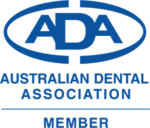Chipped teeth, also known as broken teeth, are a frequent dental problem that many individuals have. It may be painful and ruin your smile, whether they’re caused by an accident, biting into something hard, or wear and tear. However, several dental procedures may repair damaged teeth and restore their function and appearance.
We’ll discuss dental bonding, veneers, crowns, and implants for chipped teeth in this post. If you want to restore your teeth’s beauty and strength, read on.
Chipped Teeth – What Is It?
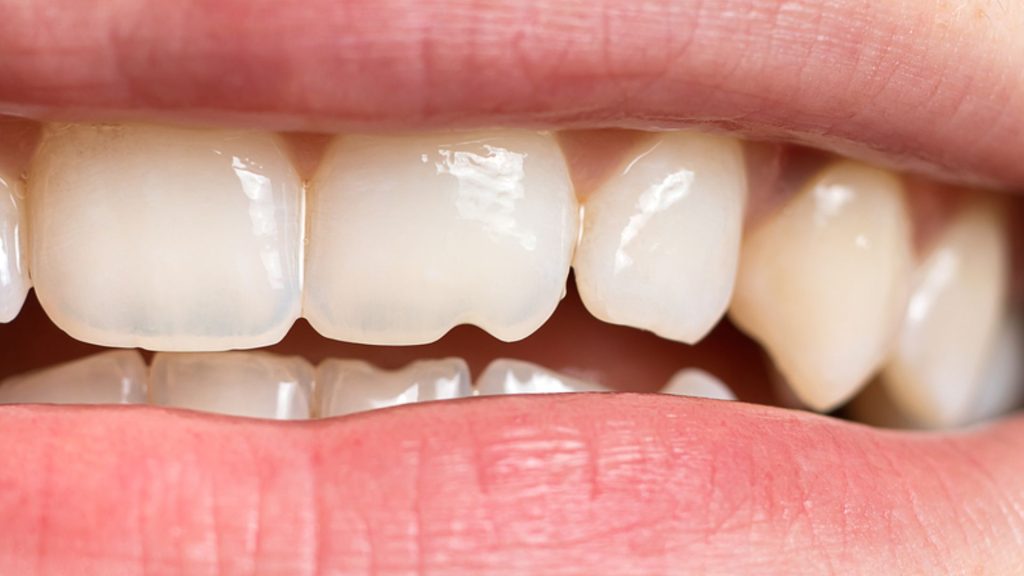
Chipped teeth, sometimes called dental fractures, occur when there is a break or fracture in the enamel, dentin, or pulp of a tooth. This may happen as a result of trauma, repeated biting on hard objects, or weakening tooth structure. Chipped teeth may vary from modest enamel fractures to serious dentin and pulp fractures.
Also, you may consult recognized dental groups like the American Association of Endodontists (AAE) for additional information about chipped teeth and their treatment.
Types Of Teeth Chipping
It’s possible to see several kinds of tooth damage when practicing dentistry. There are a variety of ways that teeth may get chipped, and each has its own unique symptoms and treatments. Before discussing the forms of chipped teeth, let’s grasp the issues and the need for early detection and treatment. By learning this, you can improve your dental health and prevent and cure it:
Enamel Fracture
Enamel fractures, also known as chipping or craze lines, are partial breaks or cracks in the tooth’s enamel. Teeth’s dentin and pulp are protected by a layer of enamel, which is both hard and protective.
In detail, enamel fractures may result from trauma, high occlusal pressures, or biting hard objects. A tooth’s enamel may crack or chip, but the damage stops at the tooth’s surface rather than spreading into the dentin or pulp.
Dentin Fracture
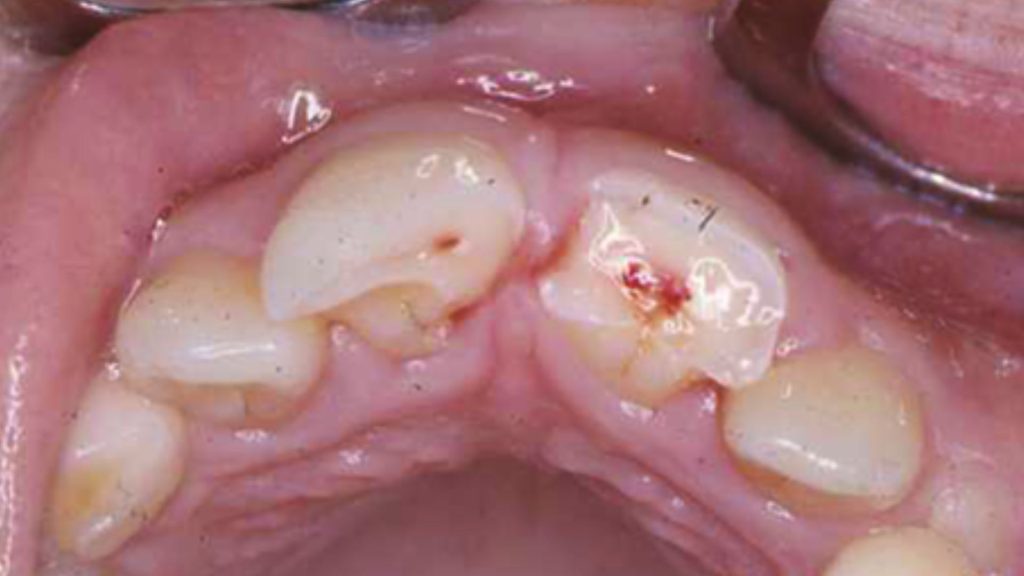
Dentin fractures, sometimes called dentin chipping, are partial breaks or cracks in the tooth’s dentin layer. The dentin, located under the enamel, is the main structural component of teeth and protects the pulp chamber.
Dentin fractures are frequent and may be caused by trauma, occlusal pressures, or severe wear and tear. Dentin fractures include injury to the underlying dentin tissue, as opposed to enamel fractures, which largely affect the outermost layer of tooth enamel.
Tooth sensitivity and pain, particularly to hot, cold, or sweet stimuli, are common results of dentin fractures. In extreme circumstances, the fracture may reach the pulp, raising the possibility of pulpitis or pulp necrosis.
The severity and location of dentin fractures determine the best course of therapy. Restoring the tooth’s structure, relieving symptoms, and preventing additional issues may need dental procedures including dental bonding, dental crowns, or root canal therapy.
So, if you think you have a dentin fracture, you should visit a dentist right away so they can give you a proper diagnosis and recommend the best course of action.
Vertical Root Fracture
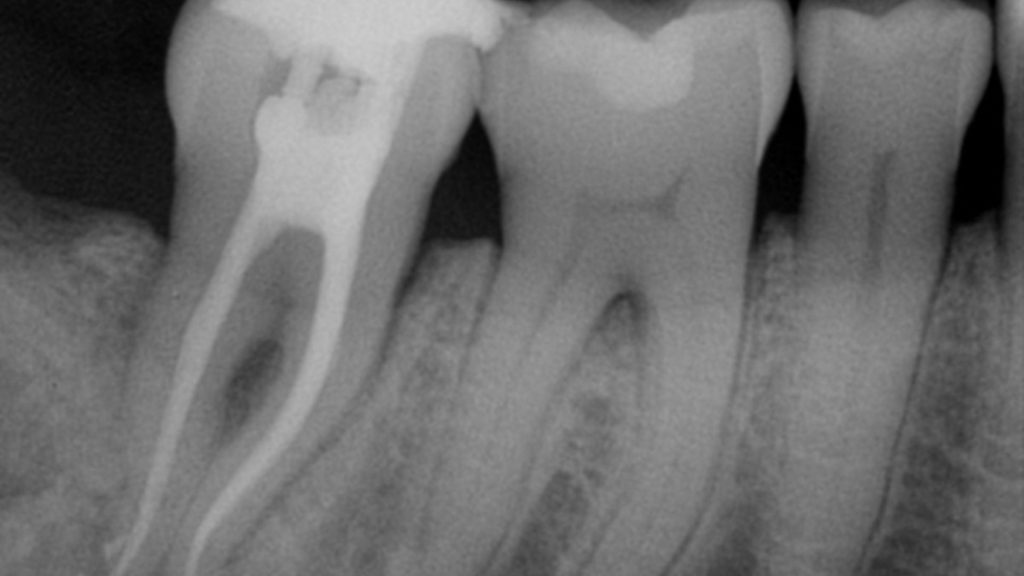
A vertical root fracture is a dental ailment in which there is a crack in the root of the tooth running vertically. This fracture occurs vertically from the root surface to the crown.
Roots that have been treated with a root canal or that have been compromised by significant decay, trauma, or force are more likely to suffer a vertical root fracture. Endodontically treated teeth and vital teeth are equally susceptible to these cracks.
Some of the signs and symptoms of a vertical root fracture include discomfort, edema, and sensitivity to pressure or biting. The fracture may not be apparent to the naked eye, making clinical diagnosis difficult.
This issue may be difficult to treat depending on their position and severity. Some instances need a tooth extraction, while others require endodontic operations, root excision, or purposeful replantation.
Split Tooth

A split tooth, also known as a fractured tooth, is a serious dental disorder in which a tooth splits into many pieces. It usually results from a deep crack or fracture from the tooth’s biting surface to the root.
Split teeth may cause severe discomfort while biting or chewing, sensitivity to temperature changes, and gum irritation. But remember, not all chips or cracks in teeth end up becoming splits.
Treatment options for a split tooth vary on its severity and location. If the break continues beyond the gum line or causes structural damage, the tooth may need to be extracted.
However, if the crack is confined to one section of the tooth, there are options for repair. This may need root canal treatments for the salvageable section and a dental crown or splint to stabilize the tooth.
Fractured Cusp
In dentistry, a cuspal ridge that has been partially broken or separated is known as a fractured cusp. Mastication and appropriate occlusion depend on a tooth’s cusps, the pointed or raised portions on its chewing surface.
When a large part of a cusp breaks off, it might cause a fractured cusp. Teeth that have had restorations like fillings or crowns placed on them are more likely to sustain this kind of damage.
Depending on how badly the cusp is broken, there may be a number of different treatments available. Dental bonding may repair a cuspal ridge fractured in the enamel and dentin layers. However, if the crack goes all the way through to the pulp chamber or otherwise concerns the tooth’s structural integrity, a dental crown may be prescribed.
Avulsion
In dentistry, an avulsion occurs when an injury causes the full expulsion of a tooth from its socket. It happens when the tooth is violently pushed out of its natural position, breaking the periodontal ligament and damaging the bone attachment.
This is a serious dental emergency that needs quick care. Avulsed teeth’ prognoses vary on the length of the avulsion, the tooth’s health, and the treatment’s efficacy.
Avoid contacting the root surface while handling an avulsed tooth. If feasible, carefully re-implant the tooth. However, if re-implantation is not possible, the tooth should be preserved in a healthy environment to prolong its life. Using a tooth preservation solution, milk, or the patient’s saliva is ideal.
In the event of an avulsion, it is critical to consult a dentist very away. The dentist will examine the tooth, clean the socket, and relocate the tooth if feasible. The dentist may also splint the tooth to neighboring teeth, conduct root canal treatment, and administer antibiotics.
How To Fix Chipped Teeth?
Here, we’ll discuss some of the most frequent dental procedures performed to repair damaged teeth. The severity and location of the fracture determine how to fix a broken tooth. Some of the most typical solutions used by dentists to address this issue are outlined below:
- Dental bonding: If the chip is small and restricted to the enamel layer, dental bonding may be used. This process restores the tooth’s natural look by putting tooth-colored resin on the damaged region and shaping and hardening it.
- Dental veneers: For larger chips or front teeth, veneers may be indicated. Veneers are thin porcelain or composite shells attached to the front of teeth to enhance form, color, and aesthetics.
- Dental crowns: If the chipped tooth is severely damaged or absent, a crown may be recommended. A tooth’s strength, support, and aesthetics are restored with a crown.
- Dental fillings: Chipped teeth with cavities may be filled. To restore the tooth’s form and function, the decaying area is removed and filled with composite resin or amalgam.
- Dental implants or bridges: If the chipped tooth is significantly damaged and cannot be fixed, extraction may be indicated. After that, dental implants or bridges may cover the tooth gap.
Thus, it’s best to see a dentist about a chipped tooth so they can give you an accurate diagnosis and tailor therapy to your needs. They’ll assess the damage and propose the best way to restore the tooth’s function and appearance.
How To Prevent Chipping Teeth?
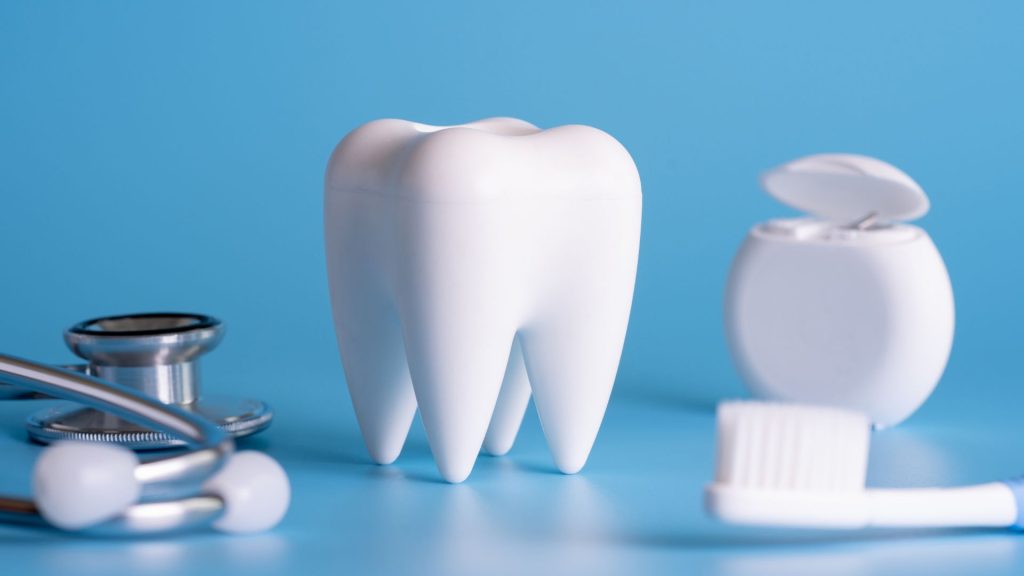
We’ll go through some strategies here to help you avoid chipping your teeth. You may lower your chance of tooth damage by taking care of your teeth and gums as recommended. Here are some ways to prevent tooth fractures:
- Keep up with your usual dental care by brushing your teeth twice a day with a soft bristles toothbrush and fluoride toothpaste. Use delicate, circular movements to prevent enamel damage and chipping.
- Use the correct brushing technique: Brushing too hard or using a toothbrush with harsh bristles may damage the enamel and cause tooth chipping. Use a soft or medium-bristled toothbrush and mild pressure.
- Wear a mouthguard during sports: If you play football or martial arts, a correctly fitting mouthguard may protect your teeth.
- Chewing on hard things like ice, pencils, or fingernails may put too much pressure on the teeth and cause chipping. Choose soft, tooth-friendly foods.
- Seek therapy for teeth grinding or clenching: If you grind or clench your teeth, known as bruxism, see your dentist. They may propose a custom-fitted nightguard to protect your teeth from excessive stress and chipping.
- Dental checkups and cleanings: See your dentist frequently. This helps your dentist to discover dental abnormalities early and avoid tooth chipping.
In short, following these preventative steps and maintaining excellent dental hygiene may considerably minimize the chance of chipping teeth and preserve your smile.
Conclude
We cannot prevent mishaps or little occurrences in our everyday lives that result in cracks and shattered pieces in our teeth. Nonetheless, it is crucial that we be able to solve this issue and regain our joy and self-assurance. Finding excellent and dependable cosmetic dentistry is critical for repairing fractured teeth. Furthermore, Spring Orchid Dental has established itself as a trustworthy and expert provider of aesthetic dental care.
The dentists here at Spring Orchid Dental are some of the finest in the business, and they’re always happy to talk to patients about their options for fixing damaged teeth and answer any questions they may have. We employ cutting-edge technology and quality materials to repair and enhance your smile. We promise to work tirelessly to fulfill your every need and provide the outcomes you’re hoping for.
FAQs
Are Front Teeth Chipping At Bottom Dangerous?
Yes, they are. If left untreated, a chipped tooth in the lower incisor region of the mouth may cause serious health problems. Problems may arise from chipped front teeth:
- Infection risk: Bacteria may enter chipped front teeth and cause infection and inflammation. Untreated, this may cause discomfort, edema, and inflammation.
- Deeper chafing: A chipped bottom incisor may expand and crack deeper with time, particularly if it is exposed to pressure while chewing. This might weaken front teeth and hurt.
- Nerve effects: Chipped front teeth might cause nerve discomfort and sensitivity while eating or drinking hot or cold protein.
- Loss of chewing function: Chipped front teeth damage the dental structure and misalign teeth. This might hinder chewing and digestion.
So, consult a dentist to identify the risk and treatment. To restore the function and appearance of chipped front teeth, the dentist will evaluate the degree of chipping, test, and take photos of the teeth.
Why Are My Teeth Chipping Easily?
There can be several reasons why your teeth may be chipping easily. Common causes of tooth chipping:
- Tooth decay: Cavities weaken teeth, making them more likely to chip. Untreated dental decay may weaken the tooth.
- Bruxism (teeth grinding or clenching): Sleep or stress-related teeth grinding or clenching may cause excessive tooth pressure. This may eventually damage or break teeth.
- Trauma or accidents: Falls or blows to the face may chip teeth immediately. The impact may break tooth enamel or penetrate the dentin or pulp.
- Malocclusion (misaligned bite): Biting and chewing may cause unequal pressures. This unequal pressure may cause teeth to chip due to uneven stress.
- Acidic diet or gastric reflux: Acidic meals and drinks or gastric reflux may erode tooth enamel, leaving teeth more susceptible to chipping and decay.
- Aging and natural wear: Daily usage wears teeth over time. Enamel thins and chips with age.
It’s crucial to see a dentist if you’re constantly chipping teeth.
How to Alleviate Tooth Fragmentation Pain?
There are a few things you may do to alleviate the pain and sensitivity caused by a damaged tooth:
- External anesthesia: Use benzocaine cream to temporarily alleviate pain and sensitivity. Use only per the manufacturer’s directions.
- Use a sensitive toothpaste: Potassium nitrate and stannous fluoride minimize discomfort and soothe fractured teeth.
- Avoid stimulants: Avoid hot, cold, sweet, or acidic meals and beverages. This prevents chipped tooth discomfort and sensitivity.
- Avoid hard foods, ice cubes, pencils, ballpoint pens, and other objects that might chip or shatter teeth.
- Dental treatment: Your dentist may analyze the fragmentation and recommend pain-relieving dental implants, braces, or dentures.
- Routine dental treatment to monitor and safeguard oral health, decrease recurrence, and enhance tooth function.




